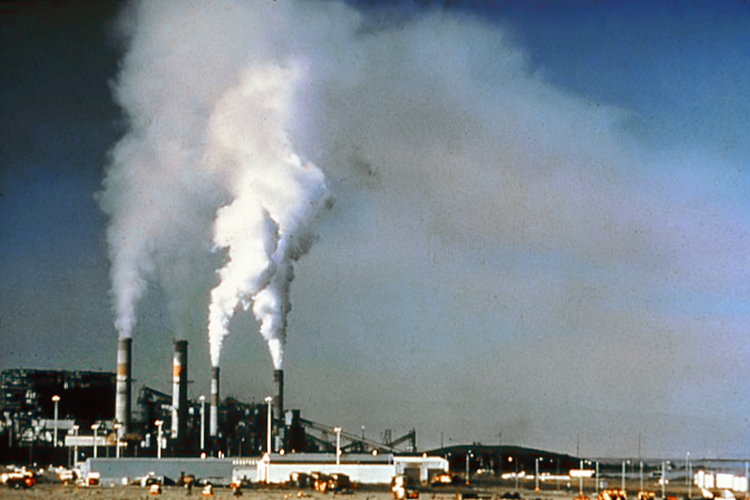Views expressed in opinion columns are the author’s own.
Two weeks ago, the Environmental Protection Agency proposed the Affordable Clean Energy rule, which would replace Obama’s Clean Power Plan that regulates states’ carbon dioxide emissions.
The Clean Power Plan mandated that states reduce their carbon emissions by about a third by 2030, allowing states some control while still working toward a single national goal. In comparison, the ACE rule is short-sighted and irresponsible. Disguised as environmental policy, it allows states to set their own environmental goals, even if that goal is zero reduction.
Under the Clean Power Plan, Maryland would have been expected to reduce its carbon dioxide emissions to 14.3 million tons by 2030. It sounds like a lot of pollution, but this is a 28.9 percent reduction from 2012 levels. We should be aiming for this reduction regardless, but if the new “regulations” pass, we won’t have any legislation that says we have to.
Here’s the catch: We currently have a Republican governor running for re-election in a blue state and bad policies made by a very unpopular president. This gives us leverage.
In a similar act of environmental deregulation, former EPA Administrator Scott Pruitt halted the implementation of Obama’s Clean Water Rule last January. The act focused on power plants that dump toxic metals into our water. Under this act, three Maryland power plants would have been mandated to implement technology that reduced the amount of selenium, lead and other metals released through their waste water. However, Maryland Democrats and environmentalists leveraged Hogan’s upcoming re-election to urge him to defy Trump’s deregulation spree and enforce the rules anyway.
Will Hogan take this opportunity to challenge Trump’s policy making and appease his Democratic constituents by pushing for a high carbon reduction goal? If we put pressure on him, yes. If Trump wants to give power back to the states, let’s take it.
Under the Affordable Clean Energy Rule (ACE), the EPA estimates a 0.7-1.5 percent reduction in carbon dioxide levels by 2030, a far cry from the 32 percent reduction outlined by the Clean Power Plan. But, if individual states choose to set their pollution reduction goals high, despite Trump’s attempts to revive the coal industry, we might still have a liveable planet by 2100.
The decision could come down to Maryland’s dedication to protect the Chesapeake Bay. Maryland’s seafood industry, arguably the cornerstone of its economy and identity, is already under attack due to recent changes in temporary work permits and a proposed funding cut for the Chesapeake Bay Program. The reduction of carbon emissions to protect the Bay from acid rain and pollution is critical. With the upcoming gubernatorial election and promising to enforce the Clean Water Rule, we could, as a state, pledge to reach the carbon emission goals laid out in the Clean Power Plan.
Trump promised deregulation in his campaign, and our planet will suffer because of it. The ACE Rule is just one of many examples of how our political climate is affecting our actual climate. To keep global temperature rise below 2°C — the goal set out in the Paris Agreement– the world must see a 60 percent greenhouse gas reduction by 2050. Trump’s proposed 0.7-1.5 percent reduction isn’t going to cut it.
The EPA is accepting public comments on the ACE Rule through October 30, 2018.
Alyssa McKinney is a a sophomore electrical engineering major. She can be reached at alyssa.cmck@gmail.com.



